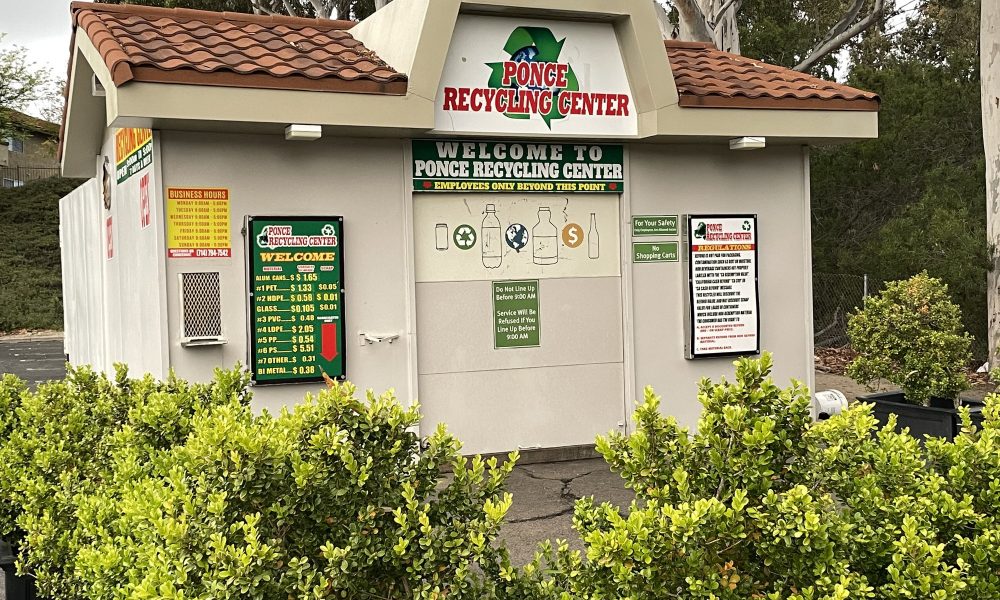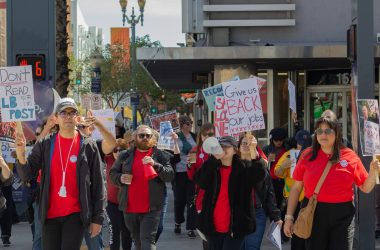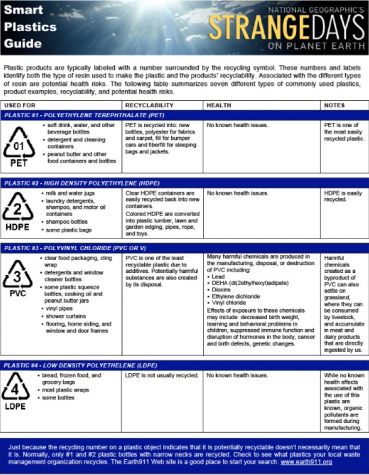Plastic is everywhere. It’s a cheap and durable material, allowing it to be used from water bottles to protective packaging to even cars. The benefits of plastic also are it’s worse qualities.
Plastic pollution has been a growing global trend. The demand for plastics continues to grow, with Americans consuming 100 pounds each per year of packaging plastic alone.
The United Nations Environment Programme states that 400 million metric tons of plastic waste are generated annually. At current estimates, global production of plastic will reach 1,100 tonnes in the next 20 years.
The effects of plastic pollution are everywhere. One example is the Great Pacific Garbage Patch, a slush of plastic debris between California and Hawaii in 1997.
Removing the recycling center on campus during the pandemic might give the impression that CSULB is not concerned about the increase in plastic pollution trends. CSULB has two different groups regarding these concerns—the sustainability department of campus facilities and Associated Students, Inc.’s Sustain U program.
“Our office ensures that CSULB is committed to promoting sustainability through our campus operations, academic programs, and engagement efforts,” said Holli Fajack, the manager of Sustainability.
The Sustain U program goal is to improve the environmental quality of the campus community through student and faculty engagement. These efforts connect the community’s needs to lasting ecological changes on campus.
These two organizations may need to be revised since their goals overlap. However, the methods that they use to achieve them differ. Fajack said that Sustainability works alongside the entire campus to promote sustainability practices.
Sustain U promotes sustainability practices with ASI and hosts educational events. Previous events include “Emotions on the Ocean”, which discussed the dangers of microplastics on life, and “Going Zero Waste”, focusing on ways to reduce plastic and food waste.
Together, these programs work to ensure compliance with sustainability practices on campus. Sustainability is currently in the process of several programs dealing with plastic efforts.
“We are currently working on finalizing the implementation of the bin installation portion of our zero-waste program titled ‘Waste Not,’ which aims to divert 90% of our university’s waste from landfill or incinerators by 2030,” said Fajack.
The efforts of Sustainability and Sustain U points to an upward trend in recycling efforts on campus. As individuals and nations, progress will require more than is currently applied.
According to the “Resources, Conservation & Recycling” scientific journal, companies and nations must commit more than simple pledges to challenge the issue. Coca-Cola promised that their bottles would use 25% recycled plastic for their bottles by 2015, but failed to even achieve half that by 2020.
The numbers for recycled plastic are also difficult to track due to the differences between countries on recyclables. Some mix collections, resulting in plastic waste picked up with aluminum and cardboard.
When efforts for accounting and recycling plastics fail, it reveals the truth of where the waste ends up. An article by The Guardian shows that much of the plastic disposed of in the United States doesn’t reach a recycling center.
The poor quality of disposed plastics ends up landfilled, burned, or stockpiled. The situation worsened once China, the largest buyer of plastic waste in the U.S., refused low-grade plastic waste. The result leaves much of the plastic waste, in the U.S., with nowhere to go other than landfills.
The constant flow of plastic into becoming simply waste is creating a mounting issue. The solution might lie in education according to “Recycling,” a scientific journal.
Educating people about plastic recycling processes and information is one way that increases the recycling rate. Understanding the operations of recycling will allow individuals to utilize recycling programs fully.
An example of this is the different types of plastic. Not all plastics are the same, meaning there is no uniform recycling system. Each plastic product has a number listing from one to seven on its type. The chart below, presented by National Geographic, helps to explain the differences between the types of plastics.
The first two, Polyethylene Terephthalate (PET) and high density Polyethylene (HDPE), are the plastics that are normal recycled into other goods.
PET is what beverage bottles, food containers, and cleaning containers are made of. IT can be transformed into fabrics and new bottles.
HDPE makes up milk jugs, shampoo bottles, and some plastic bags. HDPE is recycled back into new containers and plastic building materials.
Outside these plastics, the majority cannot be recycled easily or at all. Polypropylene (PP) and Polystyrene (PS) are not recycled due to difficulty and cost. Polyvinyl Chloride (PVC) is difficult to recycle due to the chemicals used for it, while mixed resin plastics are nearly impossible to recycle.
Informing and educating on plastic recycling efforts is the key to combating the rising plastic pollution trend. The knowledge of how to deal with it, it allows the best judgment to make a difference.






